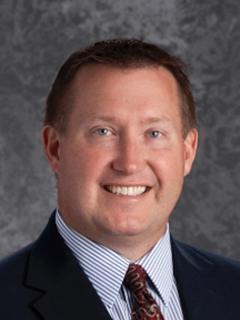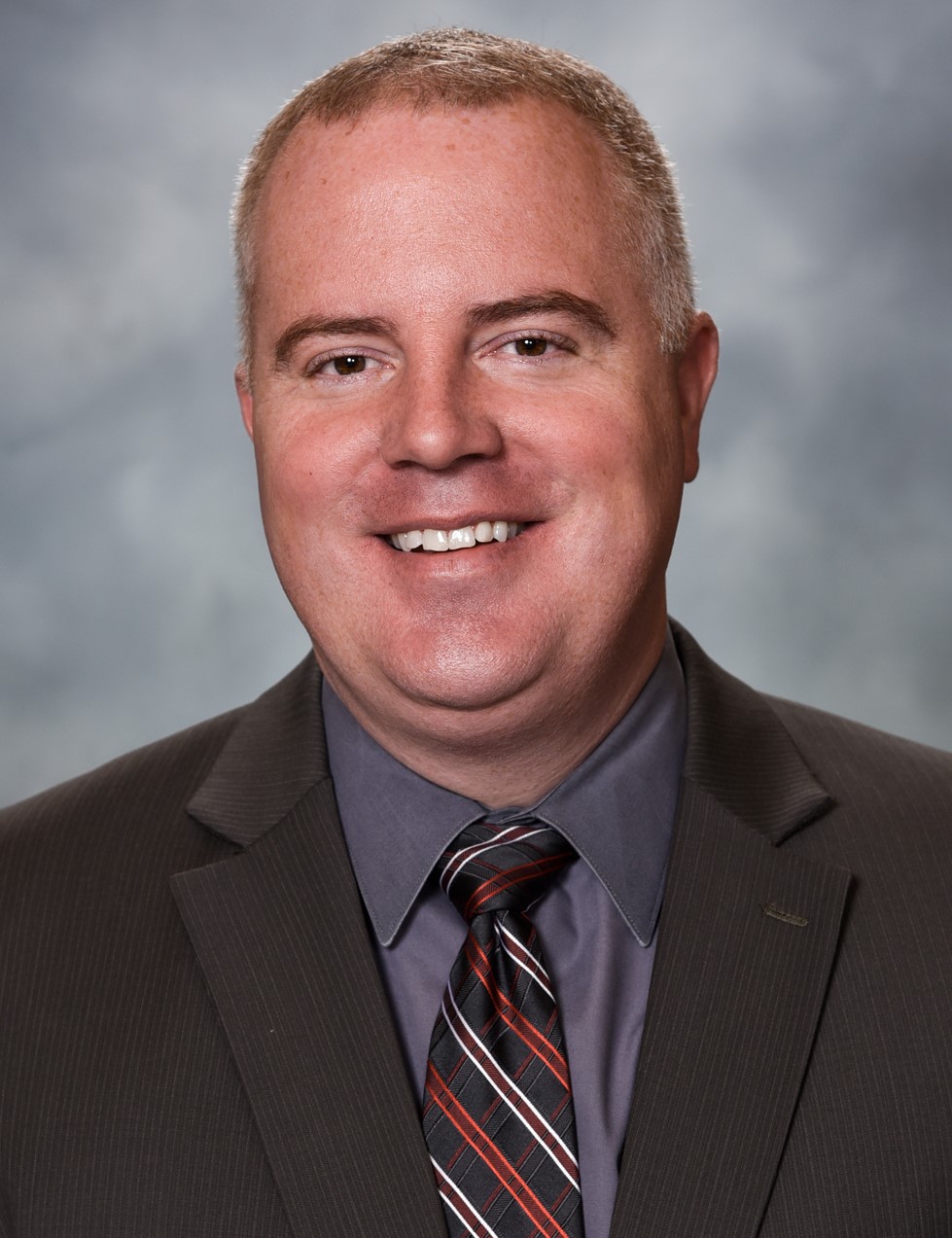For families juggling work and a host of other responsibilities, after-school programs can be a lifesaver. Over the years, our district has tried different options for after-school care for students.
We had a partnership with the YMCA for a program at two of our six elementary schools. For children of district staff, we had a self-run daycare housed in the school nearest to our transportation compound so kids could take the bus there. Parents could also choose from private daycare providers.

As we considered the needs in our community, we wanted to find a way to provide more robust options for families. We were looking for a program that would complement our district’s mission to meet the needs of all students. We wanted to provide students with the opportunity to receive academic and social-emotional reinforcement, and to stay in the neighborhood school that they attended. At the same time, we did not want to place a heavy burden on the principals of the schools that would offer before and after-school enrichment.
Here are a few tips and lessons learned from our experiences.
DON’T assume you know exactly what families need.
- DO ask and listen.
We made it a priority to keep lines of communication open between all stakeholders and our district. When we asked parents what they wanted to see in a childcare program, flexibility, safety, and affordability were at the top of the list. Transportation was a concern for our district as well. Previously, we had to utilize district transportation to bus some students to other school buildings for after-school care. Parents also chose daycare providers based on which centers served their child’s school. In addition, some families chose daycare providers that were not in their child’s attendance area; therefore, requiring other means of transportation. On any given day, our schools experienced a number of little white buses outside the building waiting to take children to different private daycare centers throughout our community.
- DO provide equitable opportunities district-wide.

Offering the same opportunities at every elementary school was important so students wouldn’t have to be transferred or transported somewhere else, and families could access the same high quality level of care no matter where they lived in the district. After identifying parents’ needs and conducting a thorough review process, we decided to partner with an enrichment program provider called Right At School to offer before and after school enrichment on-site at all six of our elementary schools.
DON’T make a change overnight.
- DO take the time to ease the transition for families.
To make the transition as smooth as possible, we held a parent forum with our new provider to introduce the program, share detailed information about how it would work, and answer all of the parents’ questions. We sent emails and posted information on our district and school websites with links so parents could write in with questions and get answers. We also had information available at open houses and during kindergarten registration. The bottom line is that there was a lot of preparation and communication, which is what made the transition successful.
DON’T provide a one-size-fits-all program.
- DO offer flexibility.
Every student in our schools has individual needs and families do, too. Many parents, for example, need the flexibility to accommodate their work schedules, and they don’t want to have to sign up for a childcare program five days a week. That is why parents are given options ranging from one to five days a week, including before or after school programs or both. They can also do a 10-day punch card or drop-in care when they need it.
- DO offer affordable options.

Right At School is offered at no cost to our district. Instead, parents pay a fee, based on the number of days they choose to use the program. There is a sliding fee scale to accommodate family needs, and discounts are offered for military families, siblings, and families who qualify for free or reduced lunches. Our provider even shares a percentage of the revenue back with our district. We use a percentage of the money from the revenue sharing to offset costs for things like heat and electricity while the program is in session. In addition, we use a portion of the revenue to provide scholarships to struggling families to help fund before and after school care for their child(ren).
DON’T waste extra hours before and after school.
- DO infuse that time with opportunities for learning.
Before and after school programs provide a convenient opportunity to extend learning beyond the classroom. Instead of babysitting or a latchkey program, we wanted to provide students with opportunities for academic enrichment and social-emotional growth. Our before school program opens at 7 a.m. and our afterschool program ends at 6 p.m. This provides additional hours of enrichment and support for students each day. Students who participate in our program are able to explore math, science, reading, writing, nature, and the arts. The curriculum is aligned to our standards so it complements our school day, but the learning is mixed with engaging activities so kids just think they are having fun. This reinforcement of our state standards has been particularly helpful during the pandemic because it has provided extra support when students need it the most.
- DO provide opportunities for social-emotional growth, too.
Every hour a child spends in a program beyond regular class time is also an opportunity for social-emotional learning, which can help address some of the consequences of educational disruptions, social isolation, and trauma from COVID-19. When we first launched this enrichment program in Beavercreek, we invited the provider’s staff to participate in district-level trainings so they could deliver consistent behavior management practices, use the same language, and have the same behavior expectations for our students that were occurring daily in our classrooms. This helps ensure our enrichment program is a natural progression to and from the classroom.
DON’T make before and after-school programs feel disjointed.
- DO make them an integral part of the district.
By offering convenient, high-quality enrichment before and after school, our families are receiving a valuable and comprehensive service. Parents see the program as part of our school district. They appreciate that their children can walk down the hall and stay in a safe environment instead of getting on a bus to go somewhere else. They like that it is in their neighborhood so it is easy to drop their children off in the morning and pick them up on their way home.
Having an enrichment program is helping fill critical needs that have only become more important during the COVID-19 pandemic. Our students are supported academically, socially, and emotionally before, during, and after the school day. Families, too, feel heard and supported. We look forward to continuing to find new ways to work with families in support of student success.
Paul Otten is the Superintendent, Bobbie Fiori is the Assistant Superintendent for Curriculum and Special Services, and Jeff Madden is the Director of Student Services for Beavercreek City School District in Ohio.
More from DA







